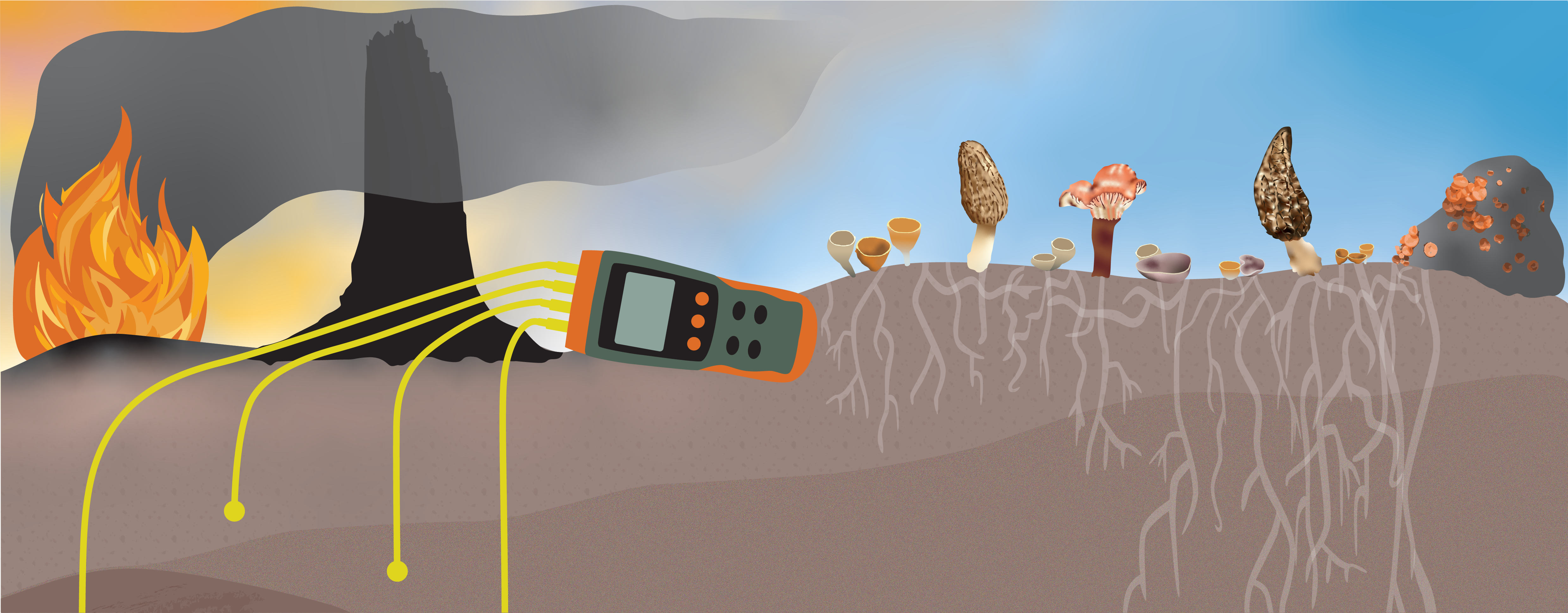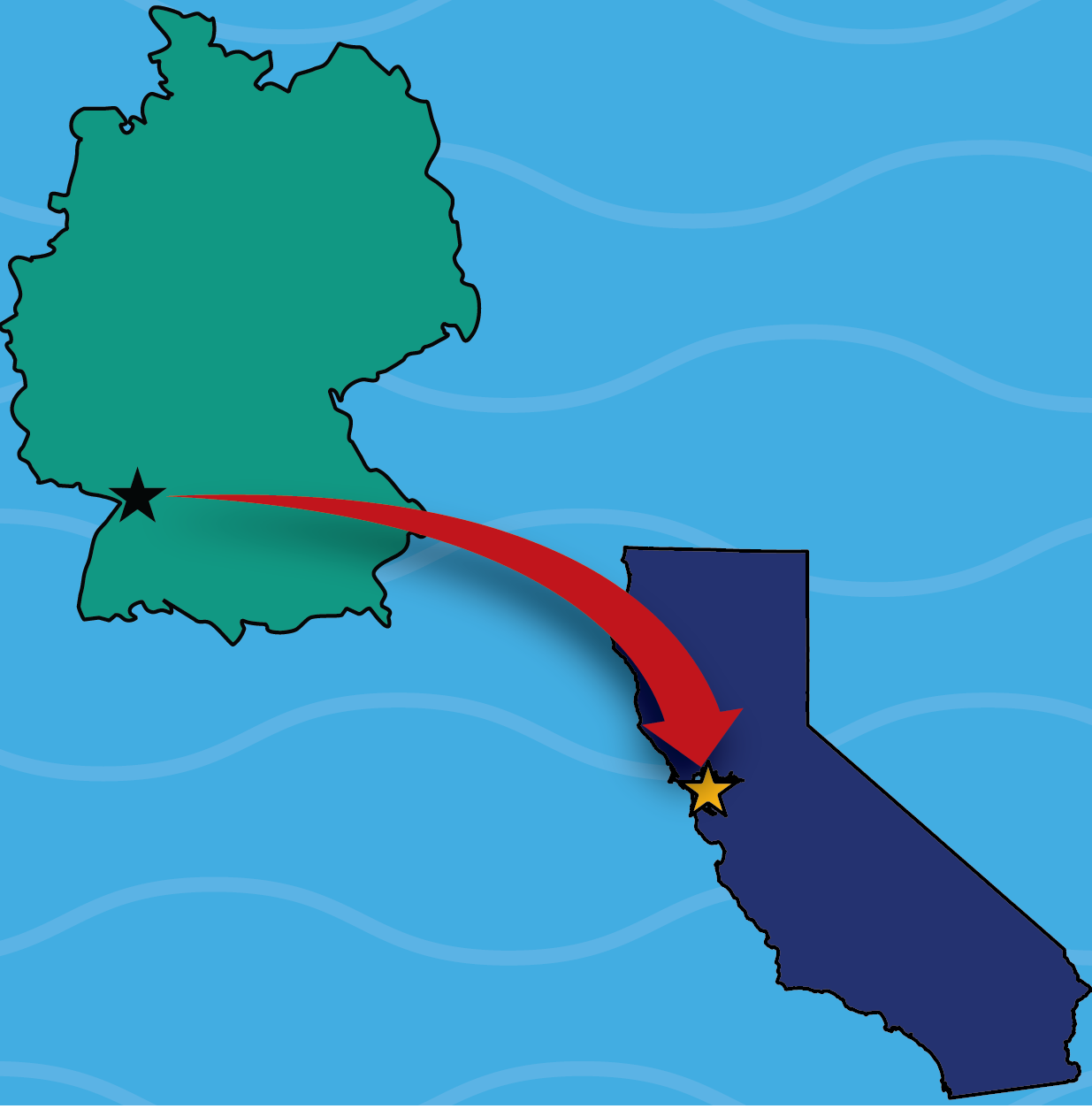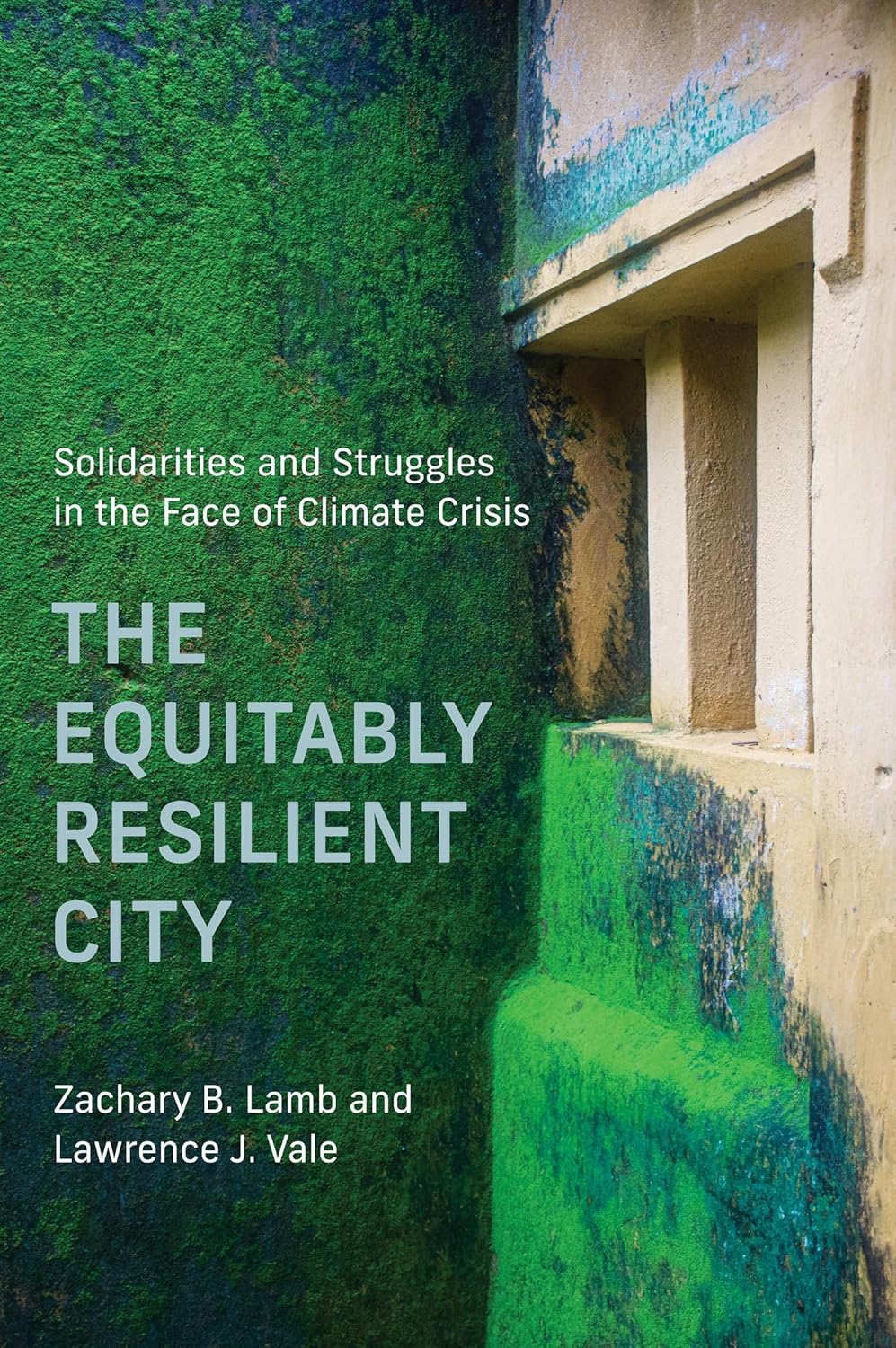From the Field - Life after fire: microbial phoenixes of the forest

An unwavering wall of flames was rapidly moving toward my crouching body, now less than 10 meters away. I was frantically burying sensory equipment in holes I’d helped dig about a week prior, and couldn’t distinguish whether I was soaking in stress or heat sweat, or more likely both. It was only two months after my first anniversary of living in California, and already I’d found myself in the midst of an actively burning forest. This fear was one I had managed to come to terms with when I chose to move to the west coast for a graduate program in plant and microbial biology, though at the time I figured the probability of actually ending up in a burning forest was quite low. I now bravely faced my fear in the name of science.
Graduate school, for me, was an opportunity to shift my focus to environmental microbiology and engage in work that could one day result in tangible solutions to environmental woes. I was also thrilled by the notion of incorporating fieldwork into my research; what I had not expected was that I would literally end up playing with fire as a crucial aspect of my dissertation work. My interests led me to undertake a unique project in a relatively new area of research within the scope of microbial ecology. More specifically, we—my post-doctoral mentor, and expert mycologist, Dr. Monika Fischer and I—are interested in the bacteria and fungi that survive and thrive after a wildfire. These microbes play an important role in eliminating toxic compounds from the soil after a fire disturbance and help with forest restoration.
Upon moving to California, where fire seasons seem to grow longer and more devastating each year, I found microbial ecology to be both interesting and extremely relevant. Deciphering the role(s) and identities of post-fire soil microbial communities can help us understand how fire-affected ecosystems recover over time and knowing the roles will aide in the development of restoration measures. We are particularly interested in understanding the relationship between fire intensity, microbial community composition, and long-term recovery. These research questions have provided many opportunities to venture into the field: from a one-time sampling hike in Yosemite National Park—an area that has experienced decades of lightning-ignited wildfires—to a series of prescribed burns at our long-term study sites in Blodgett Forest Research Station.
The prescribed burns conducted at Blodgett Forest were primarily for scientific research. Dr. Fischer and I worked closely with experienced researchers, Cal Fire, and inmate firefighters to conduct the burns. The burns’ impact is now being analyzed to better understand management of land, wildfire prevention, wildland restoration, and scientific research. The purpose of our work is to more precisely investigate how fire severity affects soil chemistry and how the microbial communities respond over the course of a year and longer. This research is motivated by previous work revealing a massive reduction in overall microbial biomass after a fire. These studies showed that during a wildfire a large fraction of carbon is trapped in the soil in complex compounds referred to as pyrolyzed organic matter (PyOM), much of which is toxic to most living organisms. While PyOM in fire-affected soil hinders the swift recovery of native plant communities, these compounds are easily utilized and metabolized by microbes. Over time, as microbes begin to recover and recolonize the fire-affected soil, their metabolic activities break down these complex pyrolyzed compounds and release the trapped carbon back into the global carbon cycle. However, we don’t quite understand how all these processes happen over time: are the microbes involved present immediately after the fire, or do they arrive later? To what extent are they degrading or modifying PyOM? Answering these questions requires identifying the microbial players after fire disturbances.
In order to understand how burn intensity affects post-fire microbial communities, we chose three experimental plots that we burned at varying heat intensities, along with a no-burn control plot. Prior to the prescribed burn, we set up 10-meter sampling lines and collected pre-burn soil cores. These samples are now being used to determine the pre-burn microbial community composition for comparison. To measure heat intensity during a burn, we dug 3-foot-deep holes in each plot and buried our temperature sensors with the corresponding data logger before each burn. These sensors contained a series of probes that collected temperature data at 1, 2, 4, 6, and 10 centimeters below the soil surface and allowed us to accurately determine the severity of each burn—a crucial aspect of our experimental work.
Burn days were always a treat, even on our most spontaneous and enthralling burn on October 25, 2018, when we received a green light at the crack of dawn to begin burning shortly after sunrise that very day. Monika and I raced to Blodgett, a two-and-a-half-hour drive from Berkeley. That’s when I found myself soaked in sweat, on my knees in the shrub, less than 10 meters from a rapidly moving line of fire, frantically (but precisely) burying our temperature sensors and dataloggers. We managed to get our equipment into the ground in the nick of time and joined the others to help “hold the line”—which simply meant that we kept watch for spot fires and put them out by smacking the flames with a shovel or whatever tools we had on hand. As the adrenaline was wearing off, our resident “Taco Lady,” an extremely kind partner of one of the researchers at Blodgett Forest, set up her taco truck for lunch. There is no taco more delicious than a homemade taco accompanied by the warmth and smokiness of an actively burning forest.
Once the day’s work was done, Monika and I made our way back to Berkeley. We returned to the burn site 48 hours later to retrieve our equipment, analyze the temperature data, and collect our first, of many, post-fire soil cores. The soil samples were transported back to Berkeley and stored in a freezer in our lab for analysis. These soils are key to understanding how fire affects soil properties such as acidity, PyOM production, and the overall chemical composition, the combination of which influences the post-fire microbial community response. These microbes essentially help set the stage for post-fire ecosystem recovery; we just don’t understand exactly how these microbes are responding to fire—yet.

We are the first research group to conduct these analyses at this level of time resolution, providing a feature-length film rather than a snapshot of the microbial composition of the soil on a given day. Our story is complete with characters (the microbes), a conflict (the fire), individual character arcs (how each type of microbe responds to the fire), and a resolution (how the changing microbial composition of the soil impacts forest restoration). This research can provide us with numerous insights on how the post-fire soil bacterial and fungal communities contribute to the livelihood and health of the soil and influence the long-term recovery of our forests back to their pre-fire state.
----- Neem Patel is a graduate student in plant and microbial biology.
This article is part of the Spring 2021 issue.





